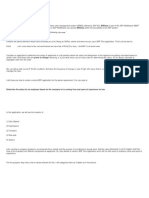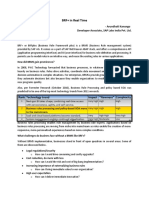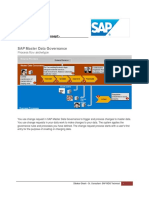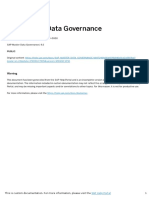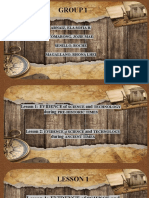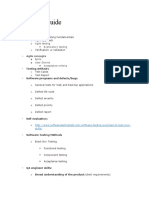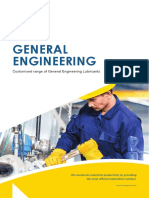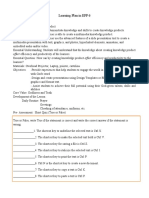0% found this document useful (0 votes)
167 views16 pagesSAP BRF PLUS - Creating Rules Set Conditons
The document provides an overview of creating Rule Set Conditions in SAP Business Rule Framework Plus (BRF+), emphasizing their role in rule-based decision-making. It outlines the benefits, including precise decision-making, flexibility, and maintainability, and details a systematic process for defining rule sets, identifying input parameters, creating conditions, defining actions, and testing rules. Best practices for creating effective Rule Set Conditions are also highlighted.
Uploaded by
Vijaya Kumar SCopyright
© © All Rights Reserved
We take content rights seriously. If you suspect this is your content, claim it here.
Available Formats
Download as PDF, TXT or read online on Scribd
0% found this document useful (0 votes)
167 views16 pagesSAP BRF PLUS - Creating Rules Set Conditons
The document provides an overview of creating Rule Set Conditions in SAP Business Rule Framework Plus (BRF+), emphasizing their role in rule-based decision-making. It outlines the benefits, including precise decision-making, flexibility, and maintainability, and details a systematic process for defining rule sets, identifying input parameters, creating conditions, defining actions, and testing rules. Best practices for creating effective Rule Set Conditions are also highlighted.
Uploaded by
Vijaya Kumar SCopyright
© © All Rights Reserved
We take content rights seriously. If you suspect this is your content, claim it here.
Available Formats
Download as PDF, TXT or read online on Scribd
/ 16
